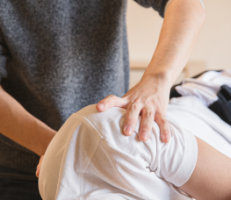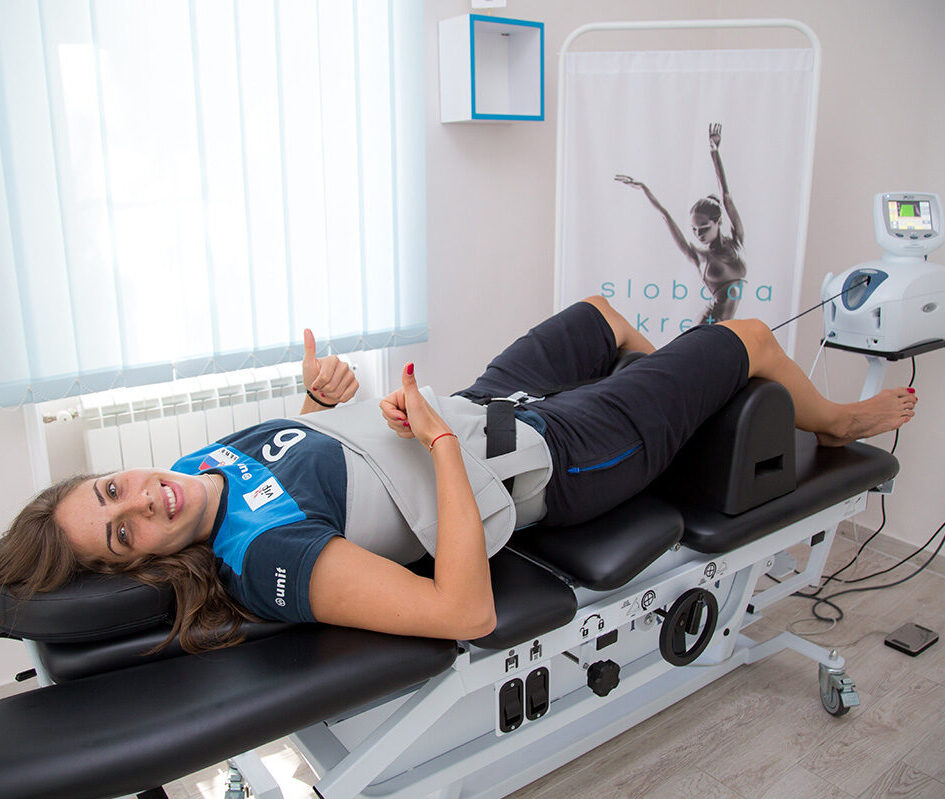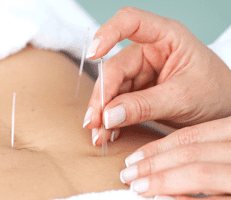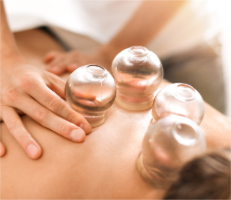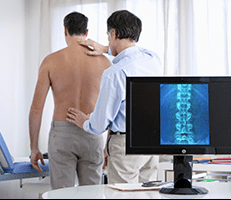Applied Kinesiology

During the examination some muscles will test “strong” and others will test “weak”. The chiropractor skilled in applied kinesiology may realize that the “weakness” found in the muscle test may not only indicate poor muscle function, but possibly a connection with organ function, nutritional issues, issues with the acupuncture meridian, lymphatic drainage issues or vascular issues.
What is Kinesiology?
The kinesiologist understands that certain patterns of muscle weakness give clues to the body’s function. Each muscle, for example, can be tested to give an indication of how a specific organ is functioning. A television set and a lamp plugged into the same circuit can both malfunction together. If the television has a short in it, it can overload the circuit breaker, denying power to the lamp, causing it to go out. Think of the television as being analogous to the organ. The circuit breaker is analogous to the nervous system (spinal nerve and spinal cord). The lamp is analogous to the muscle. A skilled applied kinesiologist can use muscle testing and relationships like those between muscles and organs to aid in diagnosis and treatment.
Muscle imbalance causes structural strain. It can result in muscle spasm, joint pain, poor sports performance, a tendency for injury, or even systemic health problems. Structural stress can affect the nervous system, affecting every organ and system in the body. Muscles not only move bones, they hold the skeletal system in place. There is a dynamic tension in the musculoskeletal system.
Chiropractic Plus Kinesiology (CPK)
CPK is a series of assessment and treatment methods integrating AK, Clinical Kinesiology, Sacro-Occipital Technique, Acupuncture, and more, into one technique that can be used to better resolve more complex health issues.
Services We Offer
Chiropractic
Jordan Chiropractic has successfully treated thousands of patients with musculoskeletal pain or nerve pain. Using the latest natural techniques and most advanced equipment to help your body reduce inflammation, regain mobility, and heal itself.
Massage
Massage therapy has numerous health benefits for patients of all ages, including pain relief, rehabilitation after sports injuries, and relieving stress.
Decompression
Nonsurgical spinal decompression therapy helps relieve pressure on your spine and promote disc healing from within.
Auto Accident
Chronic headaches, whiplash, neck, and back pain are among the most common problems after an auto accident, and sometimes symptoms don’t appear right away.
Personal Training
A corrective exercise specialist helps patients achieve a better range of motion, fix muscle imbalances, optimize performance, and can prevent pain and injuries.
Acupuncture
Acupuncture is a traditional form of Chinese medicine that’s been practiced for more than 2500 years.
Cupping
Cupping often helps to relieve pain, promote mobility and range of motion, reduce inflammation, increase circulation, release scar tissue and fascial adhesions, reduce painful trigger points, as well as promoting relaxation and well-being much like a deep tissue massage.
Kinesiology
A kinesiologist can use muscle testing and relationships like those between muscles and organs to aid in diagnosis and treatment of pain.
Pain Management
If chronic back pain, neck pain, or headaches affect your quality of life, chiropractic care may be able to help you get natural pain relief.
Nutrition
The diet of a patient directly affects the effectiveness of the treatment they are doing, and it also applies to chiropractic care.
